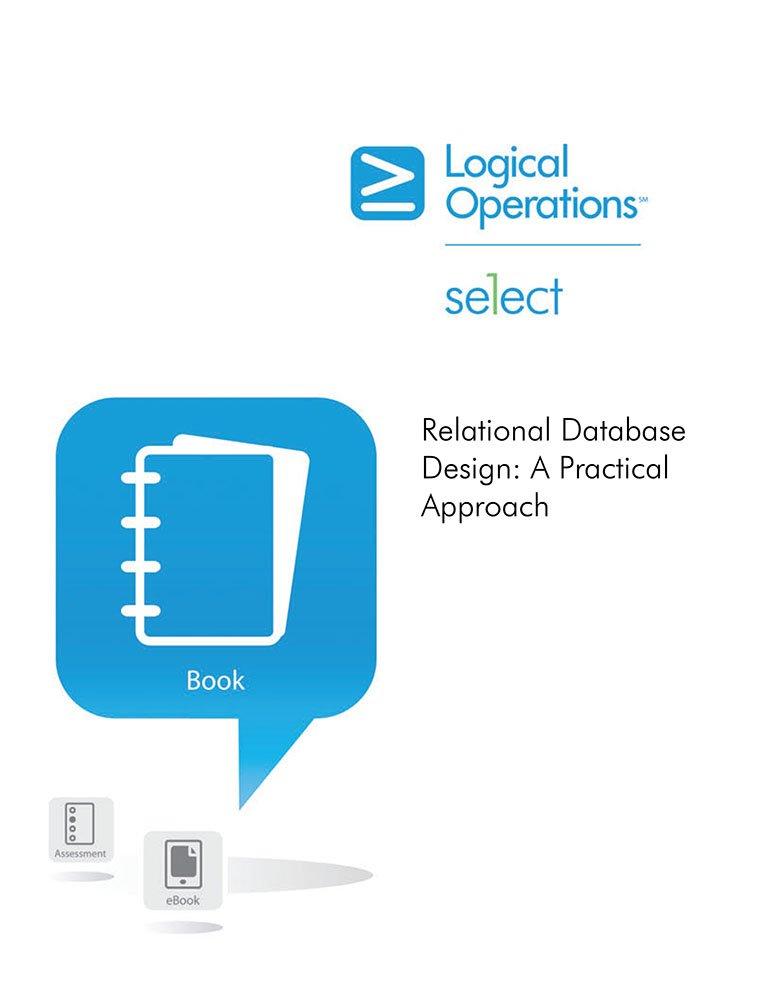Question
Formal Methods in Software Development Exercise 6: JML Verification with OpenJML and KeY Take from Exercise 5 the JML-annotated program functions replace, and subtract1. Perform
Formal Methods in Software Development
Exercise 6: JML Verification with OpenJML and KeY
Take from Exercise 5 the JML-annotated program functions replace, and subtract1. Perform for each of these
functions the tasks described below (you may use a single Java class file for all functions, but do
not include any test code or main functions in this file).
Annotate every loop in the function with an appropriate invariant (loop_invariant) and ter-
mination measure (decreases) and check these with escjava2 and openjmlesc. Please note
that escjava2 only checks whether the invariants hold after some iterations, i.e., only if an
invariant is too strong, it reports an error. On the other hand, openjmlesc inded tries to prove
the verification conditions generated from the invariants; if it reports an error, this may indicate
that an invariant is too weak. However, the openjmlesc prover is not complete; it may also fail
to prove a valid verification condition.
It is recommended to use multiple loop_invariant statements for each conjunct of the invariant;
then it is easier to determine which part of an invariant failed. In the case of a for loop, do not
forget to add the range condition for the loop variable to the invariant. If an array is modified, do
not forget to specify which part of the array has remained unchanged so far. Please use this function: /*@ public normal_behavior @ requires a != null; @ assignable a[*]; @ ensures (\forall int k; 0 <= k && k < a.length; @ \old(a[k]) == x ==> a[k] == y); @ ensures (\forall int k; 0 <= k && k < a.length; @ \old(a[k]) != x ==> a[k] == \old(a[k])); @ ensures esult == -1 ==> @ (\forall int k; 0 <= k && k < a.length; \old(a[k]) != x); @ ensures esult != -1 ==> @ 0 <= esult && esult < a.length && \old(a[ esult]) == x && @ (\forall int k; 0 <= k && k < esult; \old(a[k]) != x); @*/ public static int replace(char[] a, char x, char y) { int n = a.length; int result = -1; for (int i = n-1; i >= 0; i--) { if (a[i] == x) { a[i] = y; result = i; } } return result; }
Step by Step Solution
There are 3 Steps involved in it
Step: 1

Get Instant Access to Expert-Tailored Solutions
See step-by-step solutions with expert insights and AI powered tools for academic success
Step: 2

Step: 3

Ace Your Homework with AI
Get the answers you need in no time with our AI-driven, step-by-step assistance
Get Started


